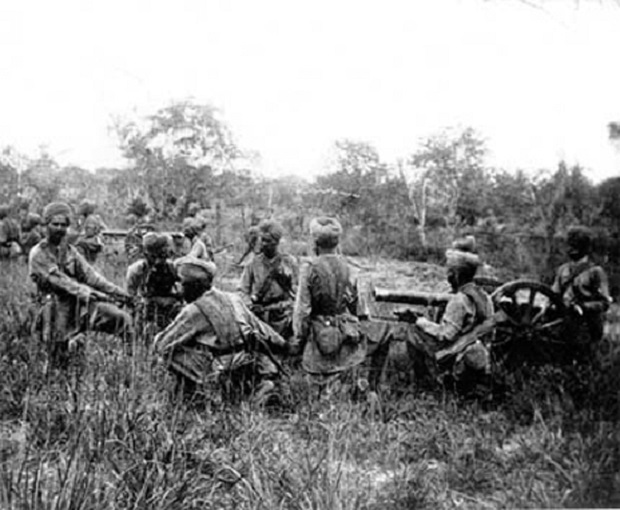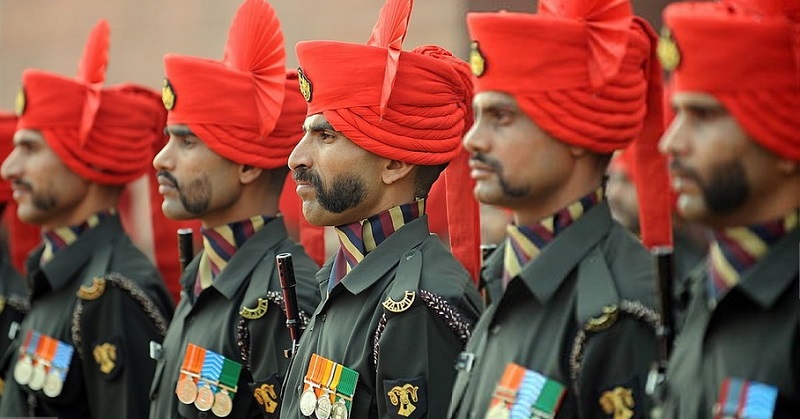
In our previous listicles on the Regiments of Indian Army, we wrote about how the British took a specific interest in India’s martial races for their valour and devotion to duty. The formation of the Rajput Regiment, too, was along the same line of thinking. The recruitment of the Rajputs in the armies of the East India Company and, later, the British Indian Army was aimed at boosting the efficacy of the forces in the various wars they fought.
We hope you have read about the Rajputana Rifles, where we touched upon the contours of their origin, type, structure and battlefield honours. They, too, were composed of Rajputs but while the size of the Rifle regiment was smaller, the massive Infantry allowed more Rajputs to be recruited.
ADVERTISEMENT
1. The Rajput Regiment and Rajputana Rifles are two different regiments of the Indian Army.
The Rajput Regiment was raised in 1798.
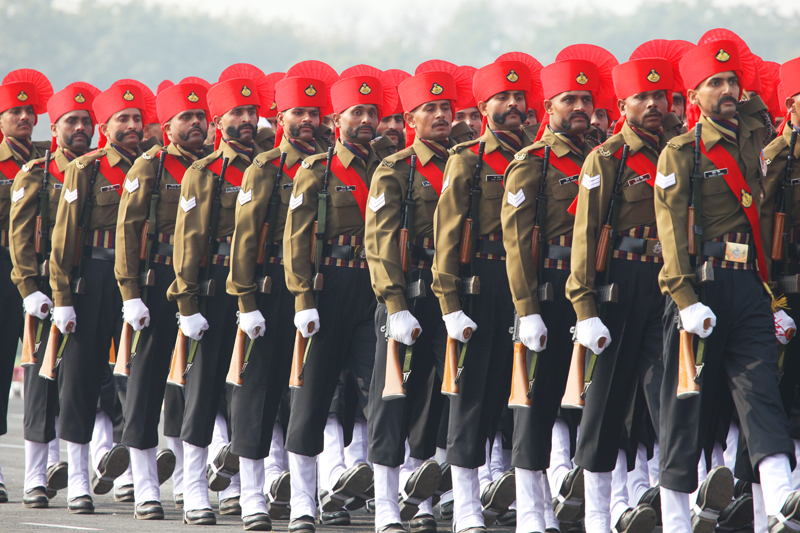
2. Rajput Regiment comprises members from Rajput and Gurjar communities.
The Rifles are primarily members of communities of erstwhile Rajputana of British India.
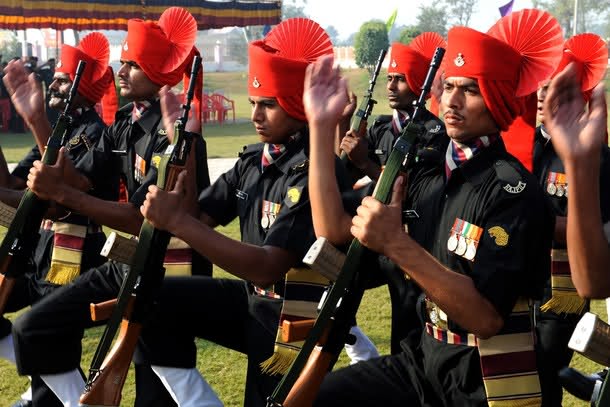
3. During World War II, the Rajput Regiment had 50% Muslims, most of whom left after the Partition.
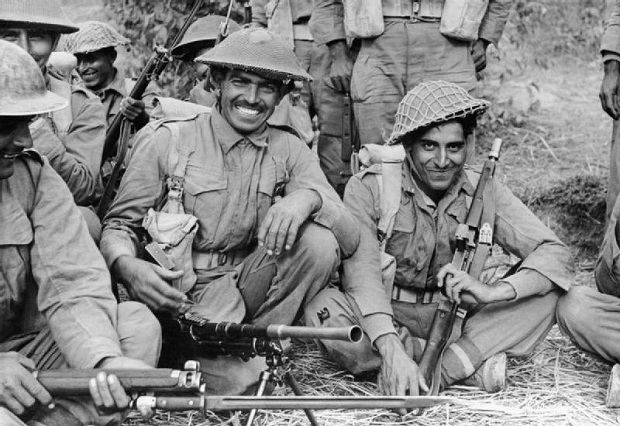
4. By 1798, the British had raised three battalions of the Rajputs as infantry forces.
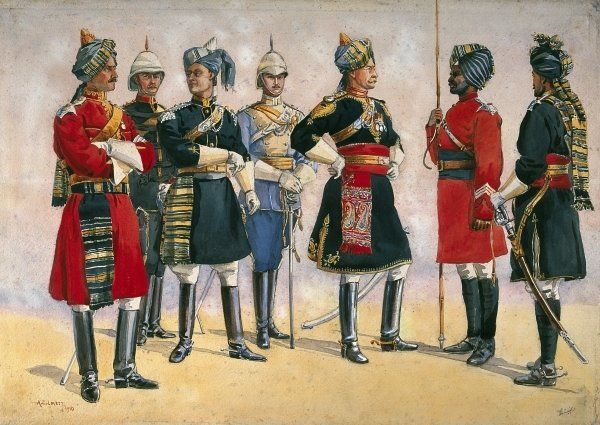
5. The Rajput Regiment got its insignia – the crossed daggers – after the 3rd Battalion defeated Hyder Ali, Tipu Sultan’s father, at Cuddalore.
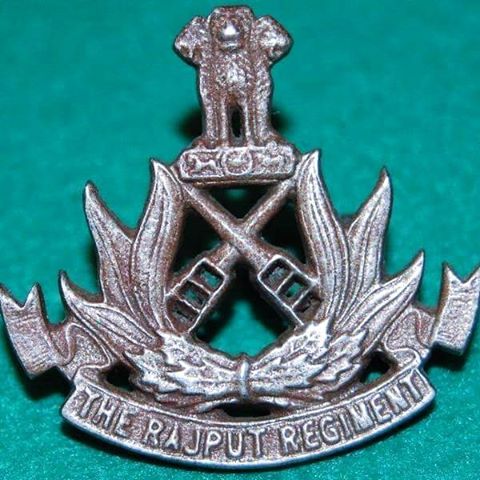
6. Rajput infantry regiments fought the Marathas at Delhi, the Gurkhas and the Sikhs (Anglo-Sikh wars).
It should be noted that British rifle regiments, including the Rajputana soldiers, mostly engaged in battles outside what is now India. The infantry, including the Rajputs, fought wars within.
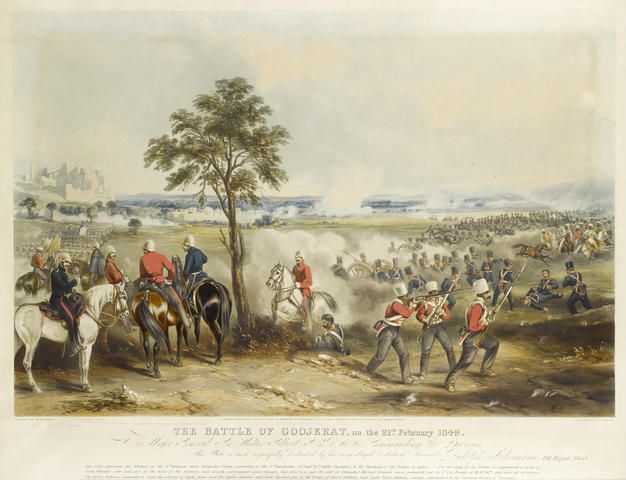
7. The 16th Rajputs (Lucknow Regiment) was raised in 1857 and took part in the defence of the Lucknow Residency.
The Regiment remained in active service till 1922.
ADVERTISEMENT
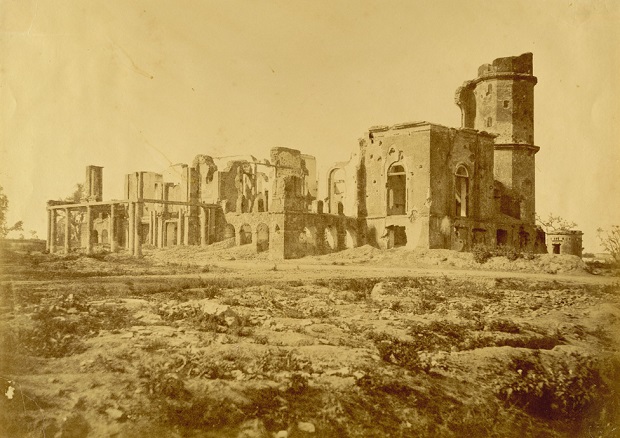
8. The soldiers of the various Rajput regiments under the British were either drawn from or part of the Bengal Army.
Prominent among them were 7th (Duke of Connaught’s Own) Rajputs, 8th Rajputs, 11th Rajputs, 2nd Queen Victoria’s Own Rajput Light Infantry, 13th Rajputs (The Shekhawati Regiment) and 16th Rajputs.
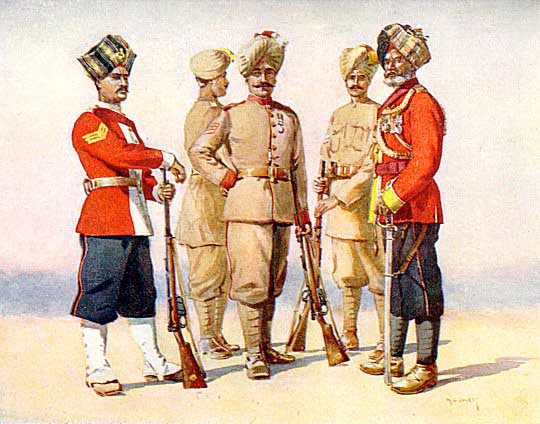
9. The Rajputs fought valiantly during the World War I which earned them 37 battle honours – the highest by any other regiment of the time.
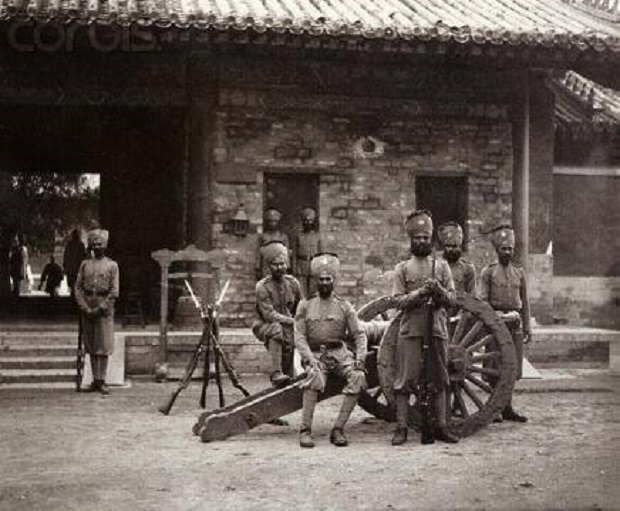
10. In 1922, all of the various Rajput regiments were merged to form the 7th Rajput Regiment consisting of 6 battalions.
The numeral ‘7’ was dropped after independence in 1947 and thus the regiment came to be known as Rajput Regiment.
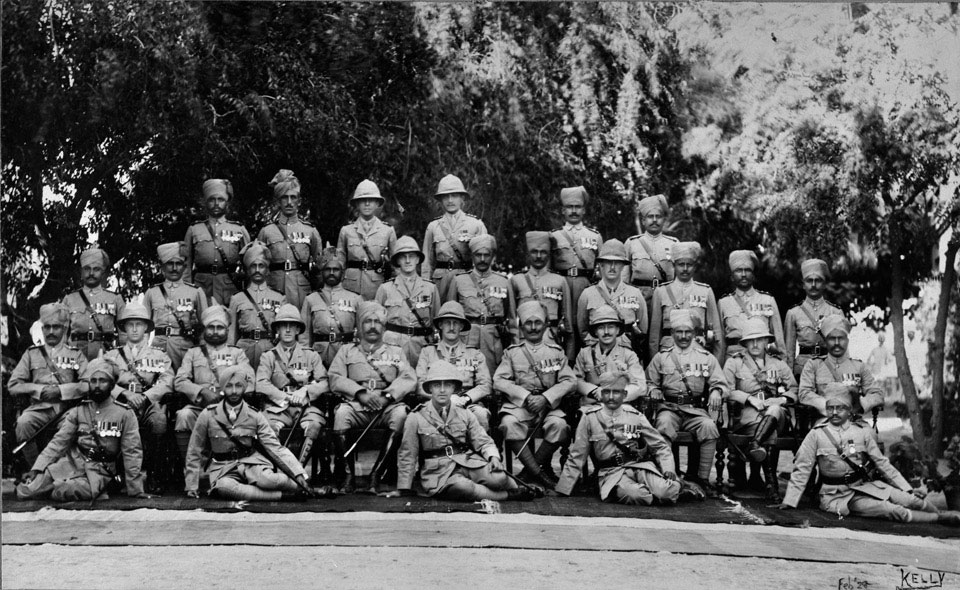
National Army Museum
11. All of the battalions except the sixth, 10th (Training) Battalion, fought in World War II.
The 5th Battalion fought in the Battle of Hong Kong, which was the most gruesome of all the battles fought by the Regiment in the war.
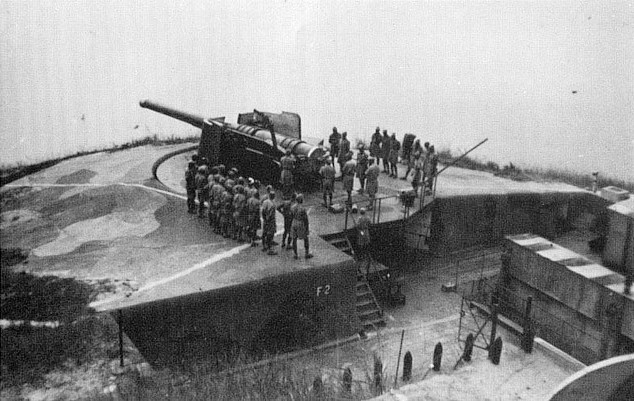
12. In 1947, many of the Punjabi Rajput Muslims in the Regiment went to Pakistan.
But the gap in the strength was filled by the Hindu Punjabis and Gujjars who came from Pakistan. There are currently 20 battalions in the Regiment.
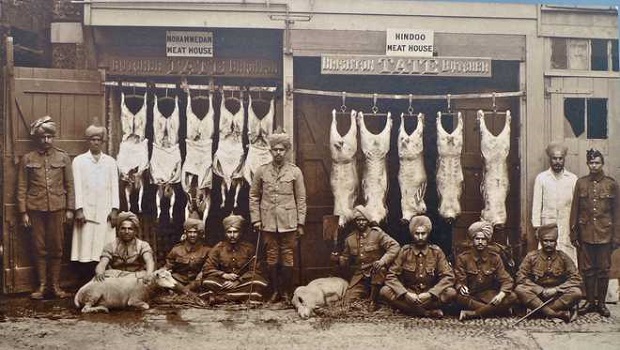
13. The first battle post-independence fought by the Rajput Regiment was the 1947– 48 Indo-Pak war.
14. Naik Jadu Nath Singh of 1 Rajput was the second soldier to be honoured with Param Vir Chakra.
He attained martyrdom while defending the Tain Dhar sector in Naushera where nine men repulsed three waves of Pakistani attack. Wounded and all his brothers-in-arms dead, Singh single-handedly beat back the third wave of the Pakistanis by firing a Sten gun.
ADVERTISEMENT
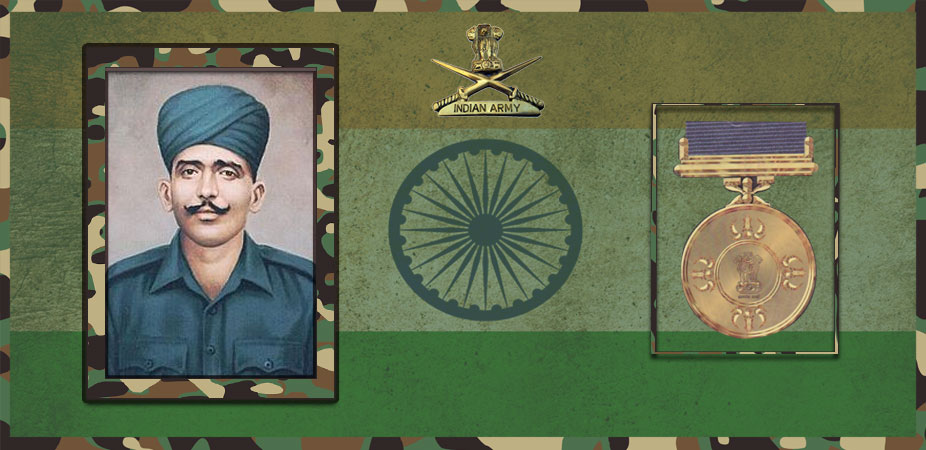
15. The Rajput Regiment actively participated in 1962, 1965, 1971 and 1999 wars.
In 1971, the Rajputs fought on both the Eastern (East Pakistan) and Western (Pakistan) fronts.
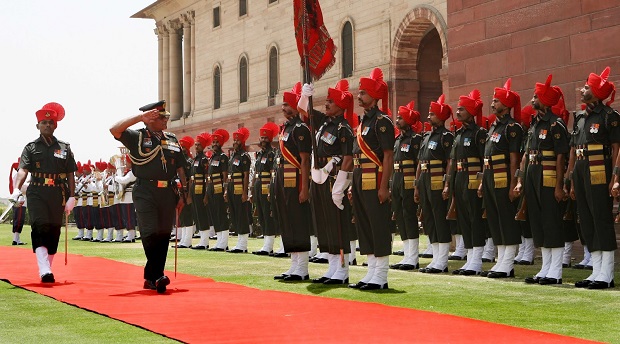
16. The Rajput Regimental centre is in Fatehgarh, Uttar Pradesh, where a war memorial stands since 1932.
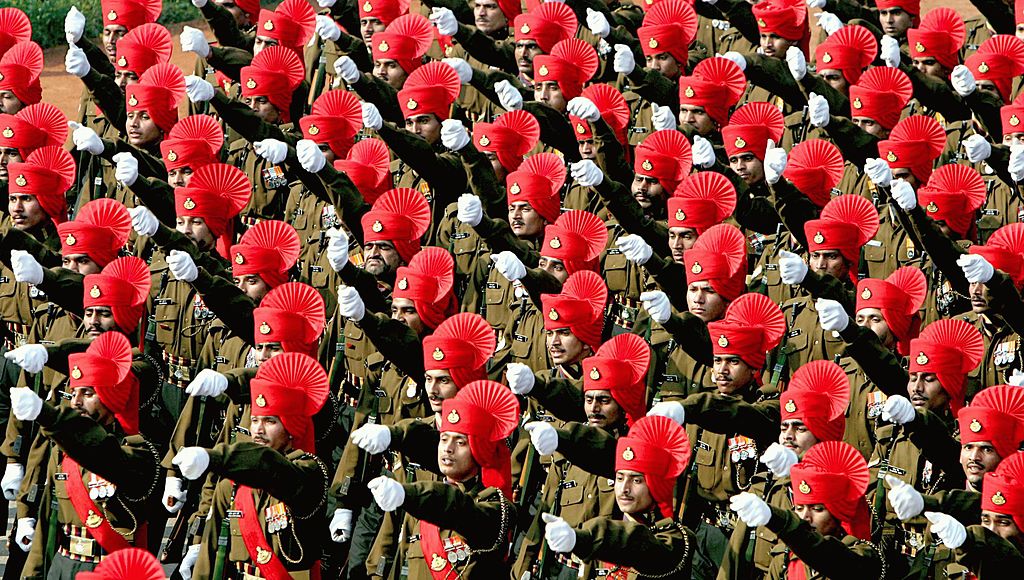
17. The regimental motto is ‘Sarvatra Vijaya’, which means Victory Everywhere and the war cry is “Bolo Bajrang Bali Ki Jai”.
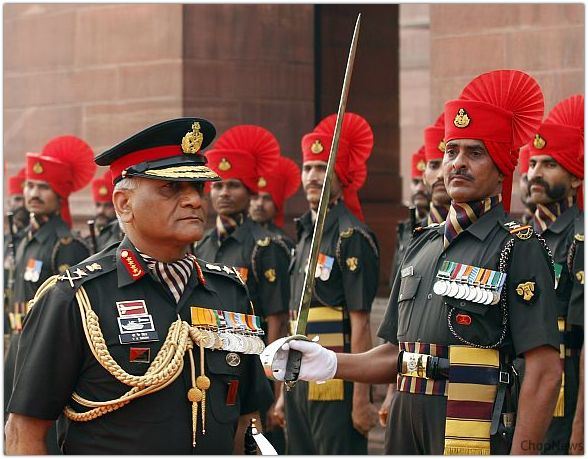
18. The Regiment is affiliated to the INS Rajput, a guided missile destroyer of the Indian Navy.
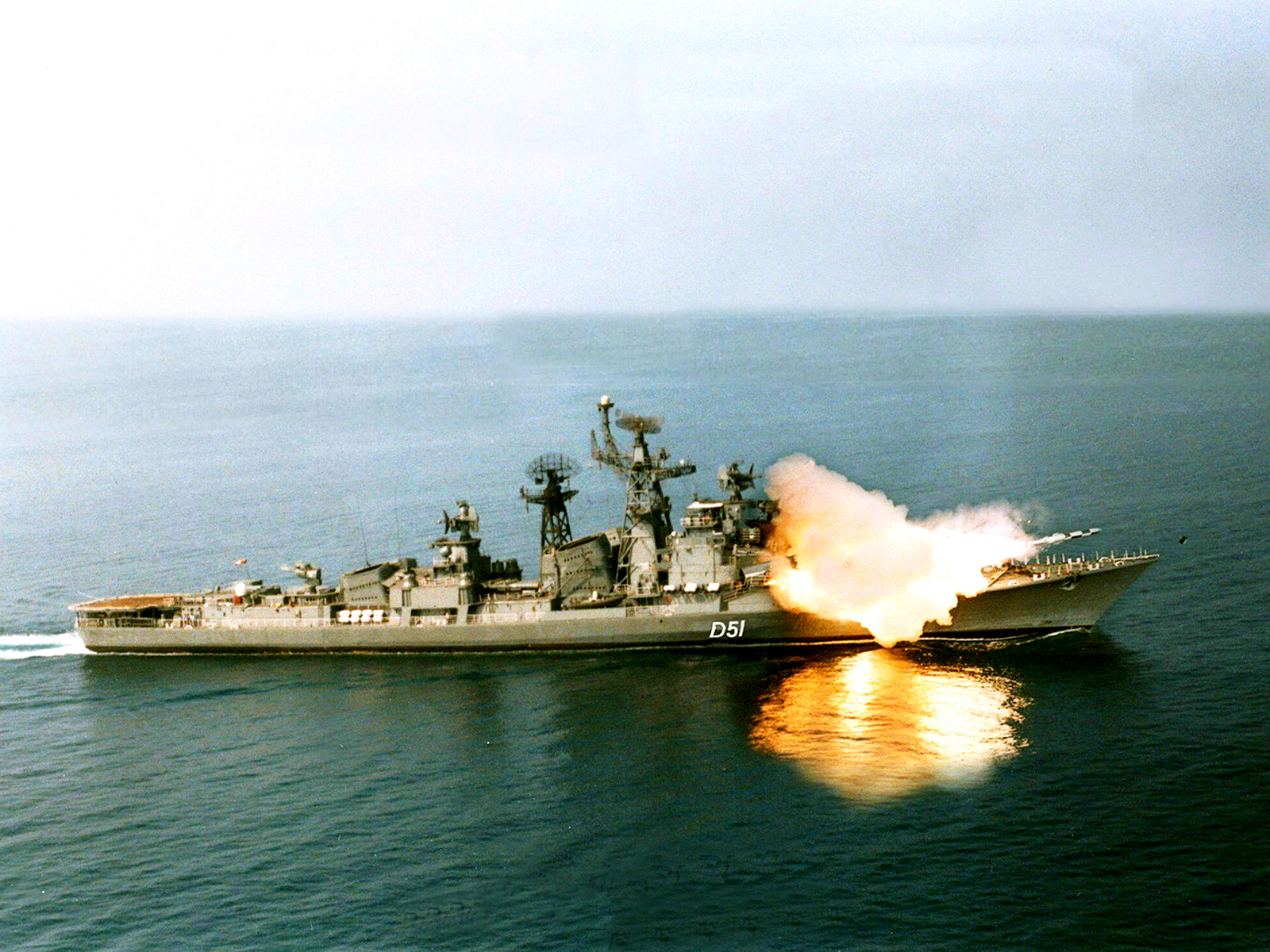
19. The ‘Rajput’ in Rajput Regiment refers to the various Rajput classes, both Hindus and Muslims, across North India.
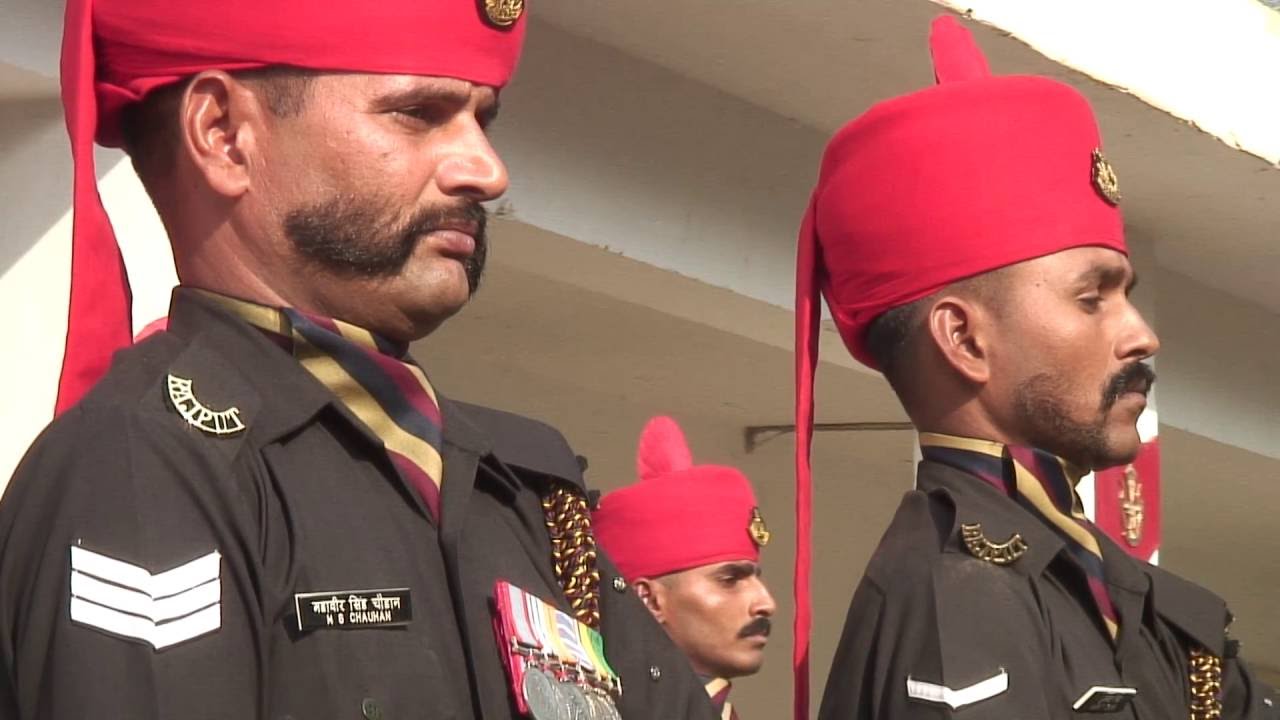
20. The first Indian chief of the Indian Army, Kodandera Madappa Cariappa, belonged to the Rajput Regiment.
He later became the second Field Marshal of the Indian Army.
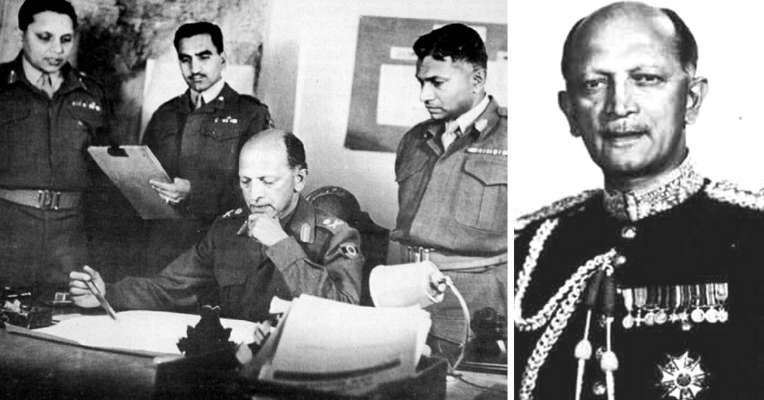
21. The 23rd Chief of the Army Staff, General V.K. Singh, too, was from the Rajput Regiment.
General Singh is now the Union Minister of State for External Affairs.
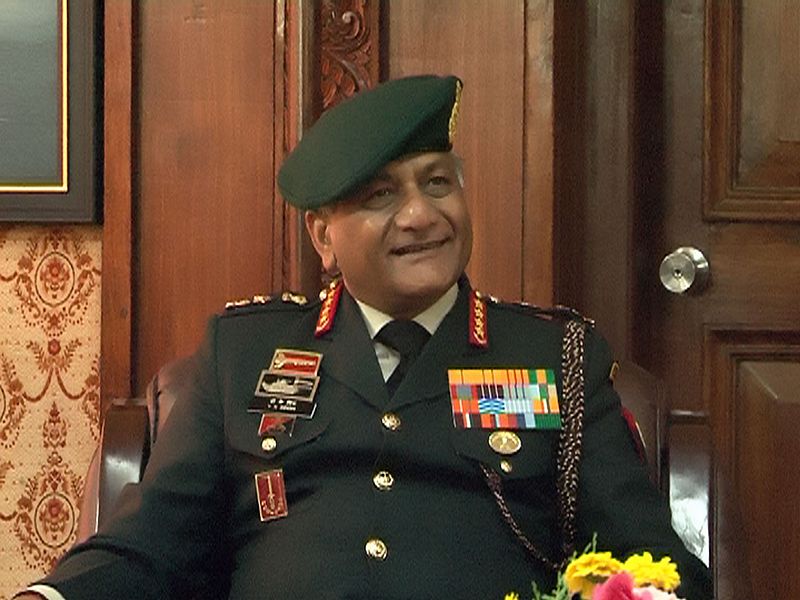
ADVERTISEMENT
ADVERTISEMENT

